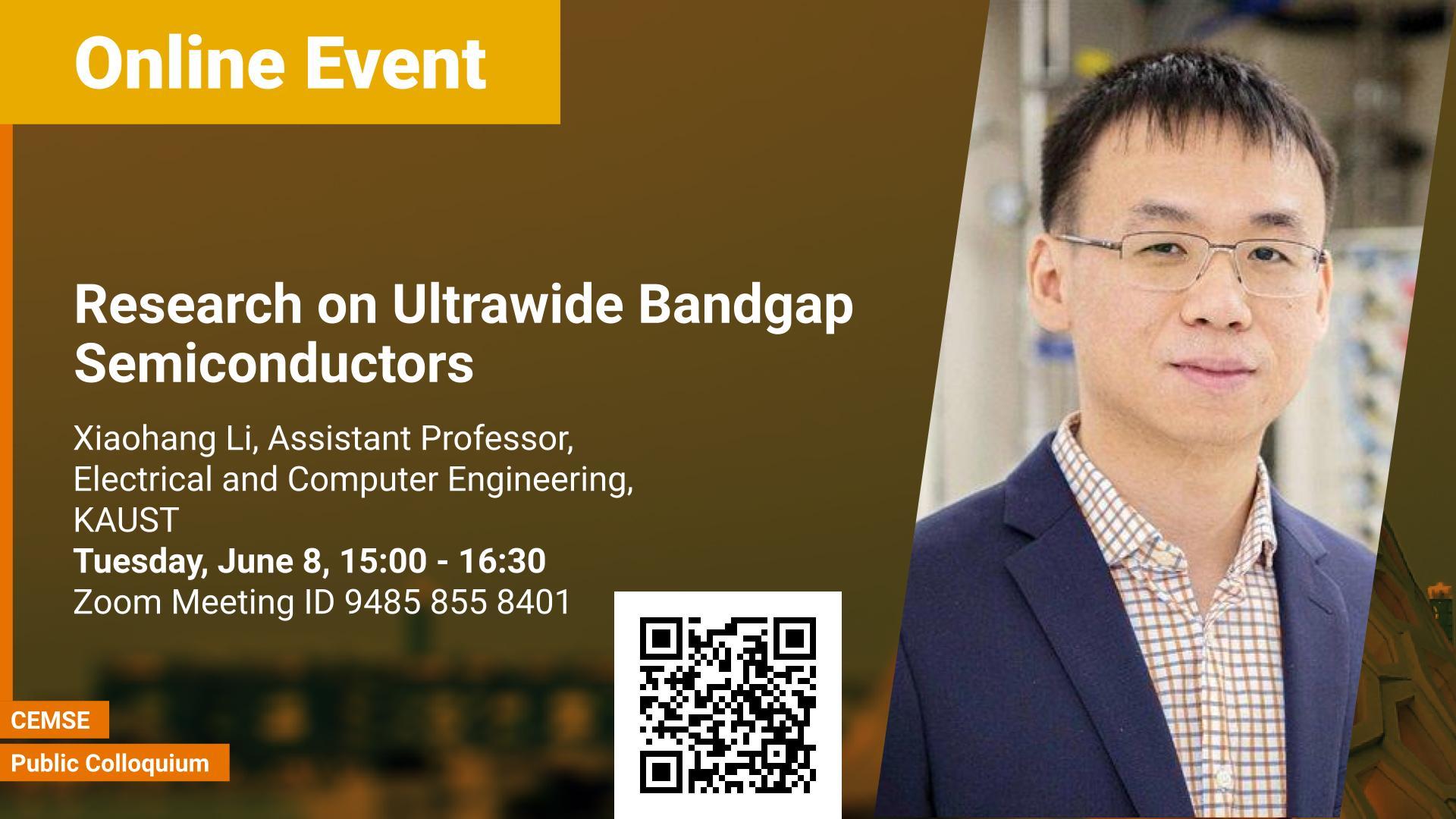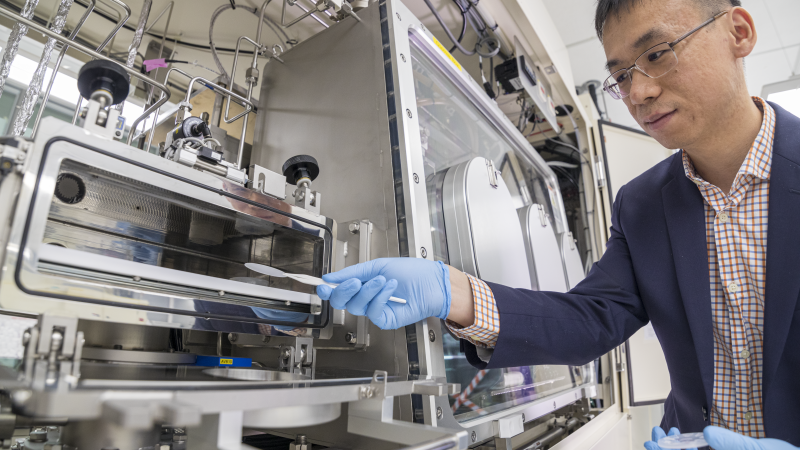Abstract
Wide bandgap (WBG) semiconductors including GaN have demonstrated great success in lighting, display, electrification, and 5G communication due to superior properties and decades of R&D. Lately, the III-nitride and III-oxide ultrawide bandgap (UWBG) semiconductors with bandgap larger than GaN have attracted increasing attentions. They are regarded as the 4th wave of the inorganic semiconductors after the consequential Si, III-V, and WBG semiconductors. Because the UWBG along with other properties could enable electronics and photonics to operate with significantly greater power and frequency capability and at much shorter far−deep UV wavelengths, crucial for sustainability and health of the human society. Besides, they could be employed for the revolutionary quantum information science as the host and photonic platform. This seminar would cover the latest research by the Advanced Semiconductor Lab. It includes multi-disciplinary studies of growth, materials, physics, and devices of the UWBG semiconductors.
Brief Biography
Xiaohang obtained MS and PhD in Electrical Engineering from Lehigh University and Georgia Institute of Technology, respectively. Afterwards, he has been an Assistant Professor of ECE and AP at KAUST where he heads the Advanced Semiconductor Lab. His research focuses on the ultrawide bandgap semiconductor for next-gen photonics and electronics. He has authored 90 journal publications and 5 book chapters and editorials. He has given 97 invited talks, seminars, and tutorials. His team has developed the Polarization Toolbox software based on physics research used by researchers from over 70 universities and companies. He is the recipient of several prestigious awards including the Harold M. Manasevit Young Investigator Award from the American Association for Crystal Growth, the SPIE D. J. Lovell Scholarship, the Edison Prize from the Edison Innovation Foundation, and the IEEE Photonics Graduate Student Fellowship. He has served as an Associate Editor of Photonics Research, an editorial board member of Journal of Semiconductors, and a committee member of several top conferences including IWN.

